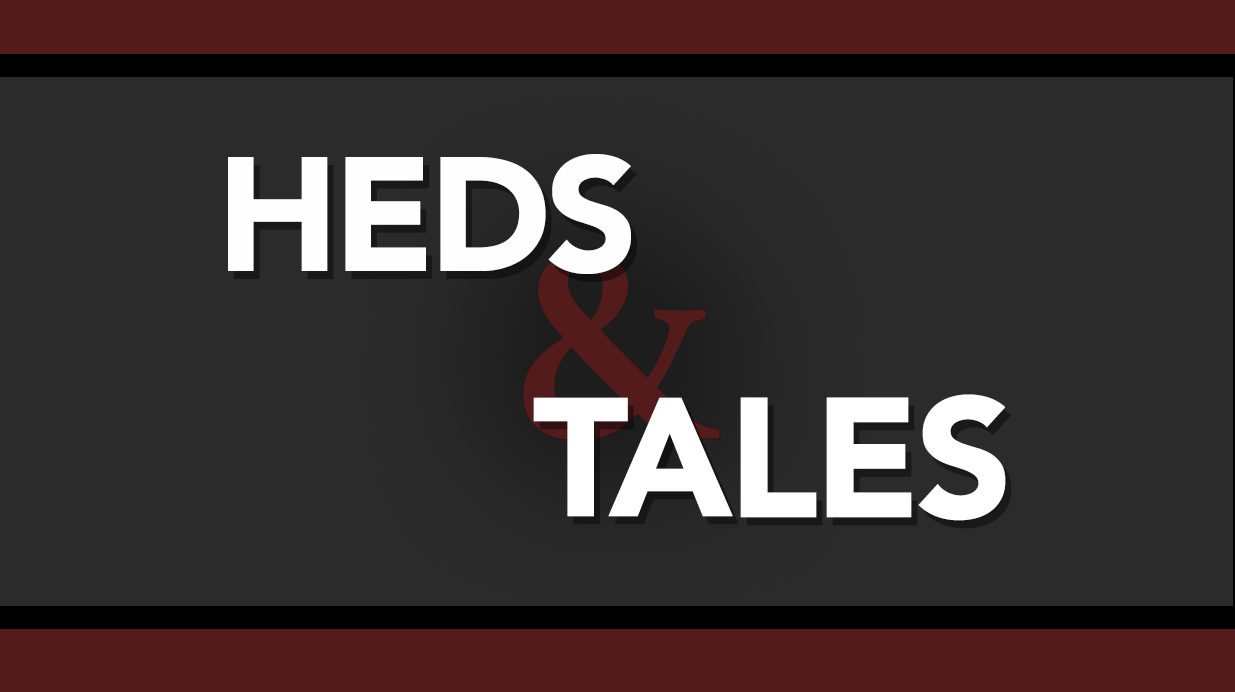
Hed: (n) Newsroom Jargon for Headlines
Headlines are tricky. They have to grab flighty readers’ attention, tell a story, and hopefully even squeeze in a witticism. The smallest choices affect readers’ first impressions and, sometimes, their only take on the story. Once a week, we analyze the different ways news outlets present the same story.
The Tale:
Questions about prominent Canadian author Joseph Boyden’s Indigenous ancestry surfaced on Twitter in December on the @IndigenousXca account, which features a different Indigenous host every week. It voiced doubts about the author’s heritage that have been swirling in the Indigenous community for years. Responding to such questions at the time, Boyden is on record stating, as he did to APTN National News in a statement on Twitter, that he had “mostly Celtic heritage,” with traces of Ojibwe and Nipmuc, an Algonquian nation from Massachusetts. Boyden provided a further explanation of his heritage in a Jan. 11, Globe and Mail interview.
The Heds:
Author Joseph Boyden’s shape-shifting Indigenous identity (APTN National News)
Do you think Crazy Horse checked his warriors’ status cards?’ The fight over Joseph Boyden’s Indigenous heritage (National Post)
Attacks on Joseph Boyden’s identity should set off alarm bells (The Globe and Mail)
Why I question Joseph Boyden’s Indigenous Ancestry (Canadaland)
Joseph Boyden must take responsibility for misrepresenting heritage, says Indigenous writer (CBC Radio)
The Take:
Joseph Boyden writes about Indigenous history, culture and heritage in books such as Three Day Road. He won the 2008 Scotiabank Giller Prize for his novel Through Black Spruce. Boyden has received acclaim, prize money, and speaking engagements based on work that is closely tied to his Indigenous identity.
The APTN headline is straightforward and clearly defines the story’s focus. Reporter Jorge Barrera first addresses the 1956 Maclean’s article about Boyden’s uncle “Injun Joe” who lived a double life without a “drop of Indian blood”, and also covers Boyden’s various claims about his family’s roots.
The Post jumped in with a headline that cites Crazy Horse, the strategical war chief of the Lakota Sioux in the 19 century, just because he was mentioned in a Facebook post by Maurice Switzer, former communications director of the Assembly of First Nations. With nothing more to say about the great warrior, the headline reads like a cheap trick. Soon after, the Globe weighed in with a headline made in Hell—its original online version, “Boyden’s lynching should set off alarm bells” quickly changed, but not before it went viral on social media. Comparing legitimate questions about identity to a lynching in a headline shows a lack of understanding the word and its context, and the comparison remains in Konrad Yakabuski’s article.
The Canadaland headline indicates an informed point of view and that’s exactly what readers get. Blogger Robert Jago, a member of the Kwantlen First Nation who helped research the APTN story, weighs in with a mix of personal anecdotes, historical facts and connections to Boyden’s literary world via Margaret Atwood.
While the CBC’s headline reads more like a line of copy, it clearly represents the story and interview with Indigenous writer Rebeka Tabondung.
It’s reasonable for big news to weigh in on the Boyden controversy or other issues in the Indigenous community, but readers deserve a headline that is relevant and informed, no matter what the story is about.
This post was updated on Jan. 13, 2017 to include Boyden’s Jan, 11 interview with the Globe and Mail.